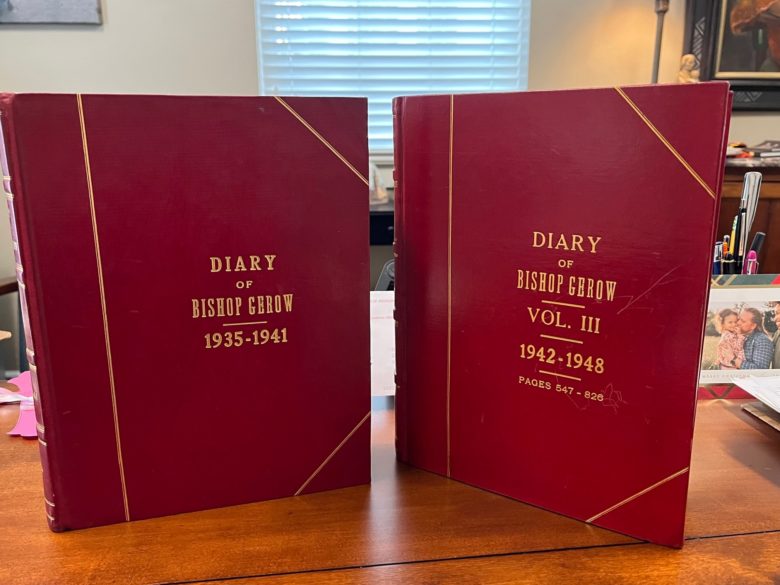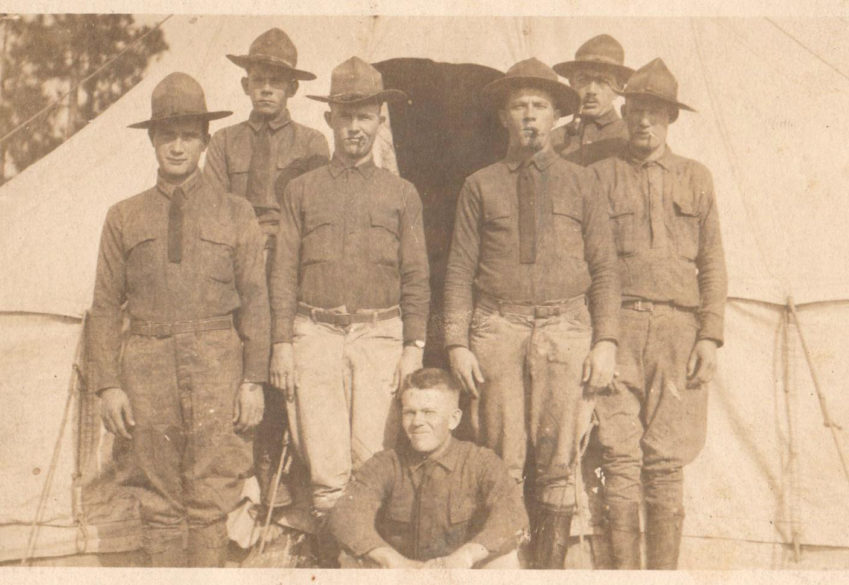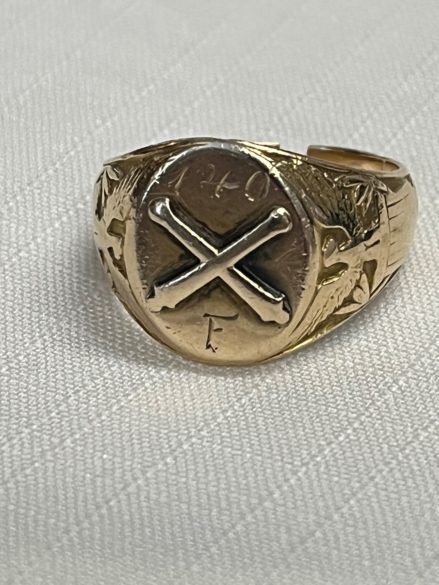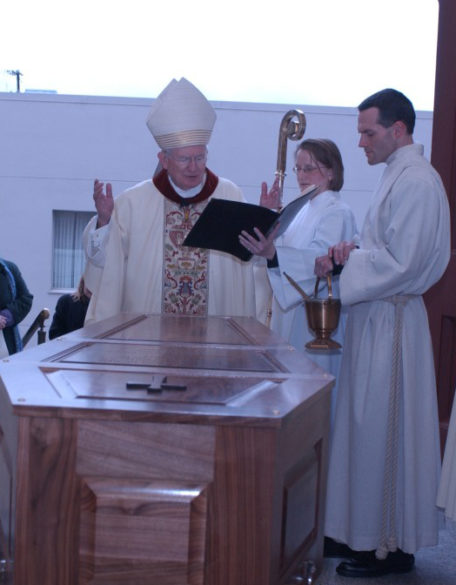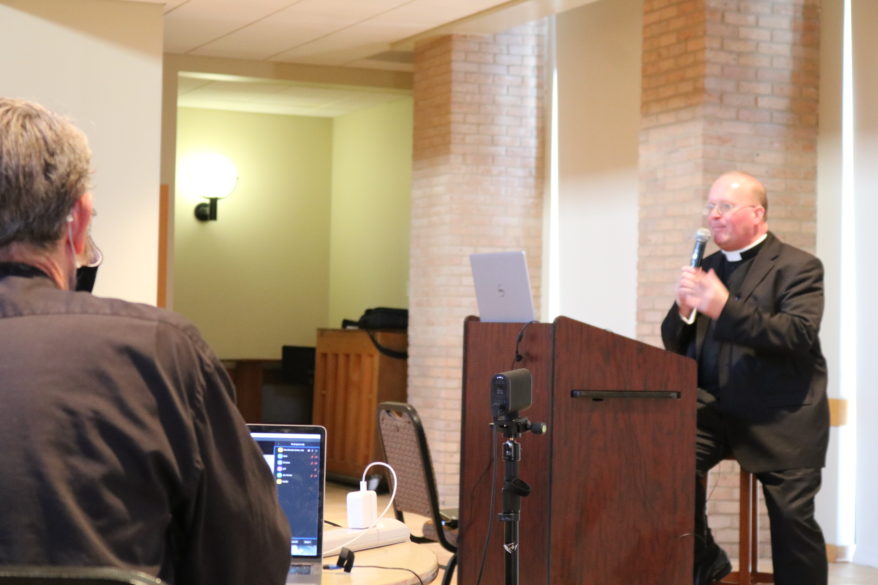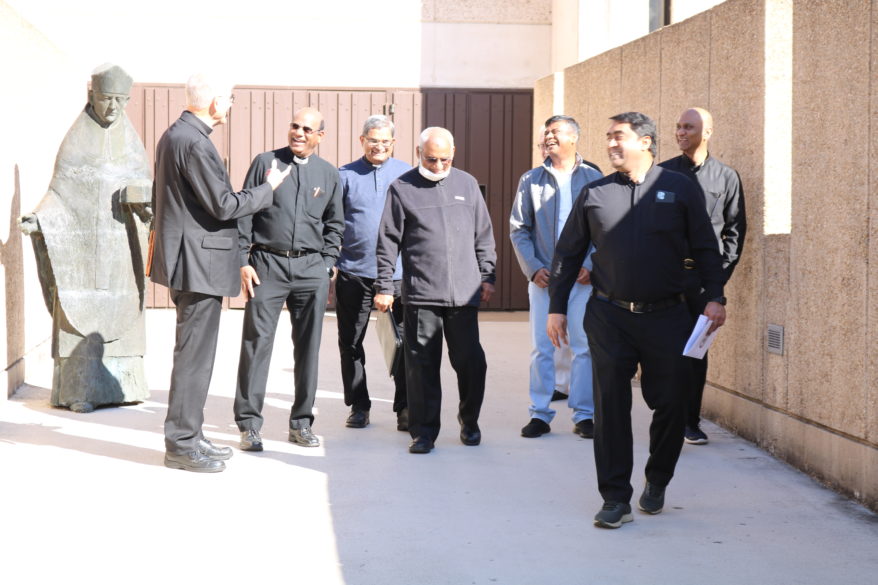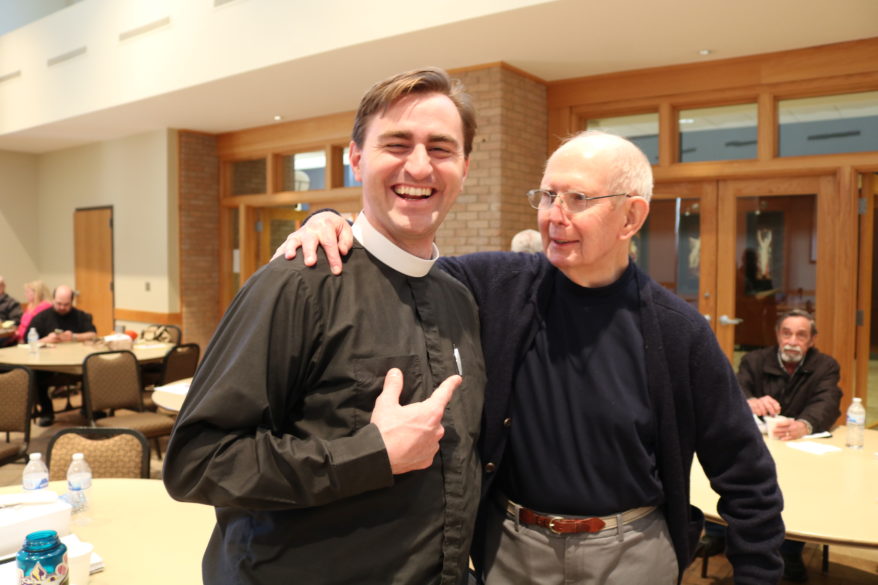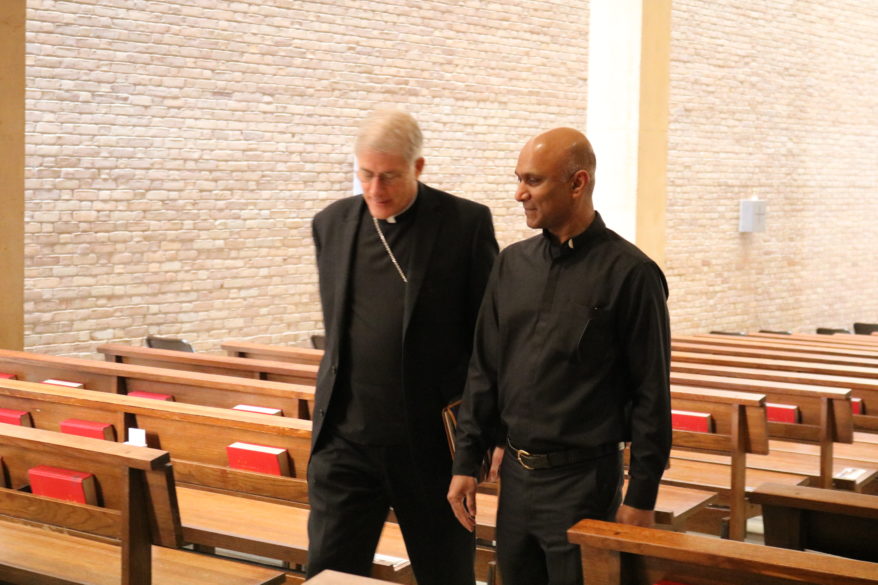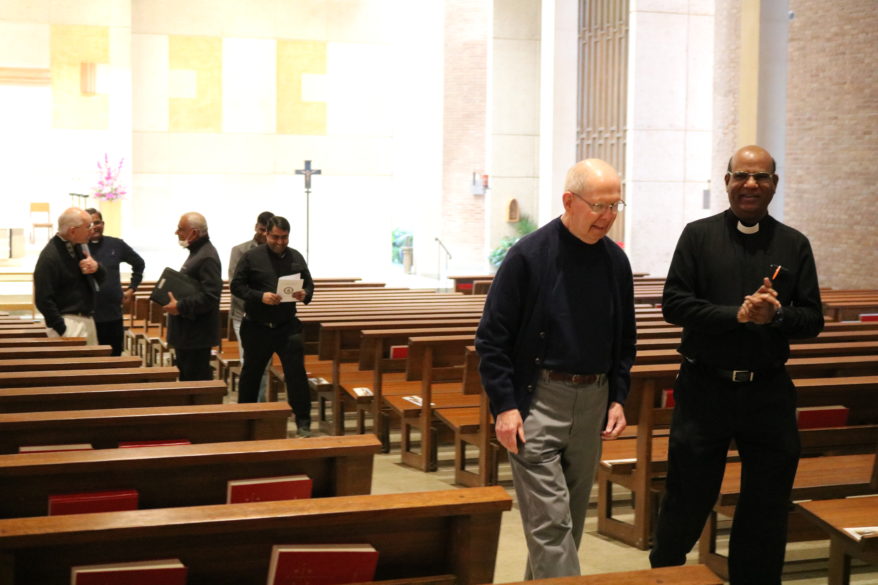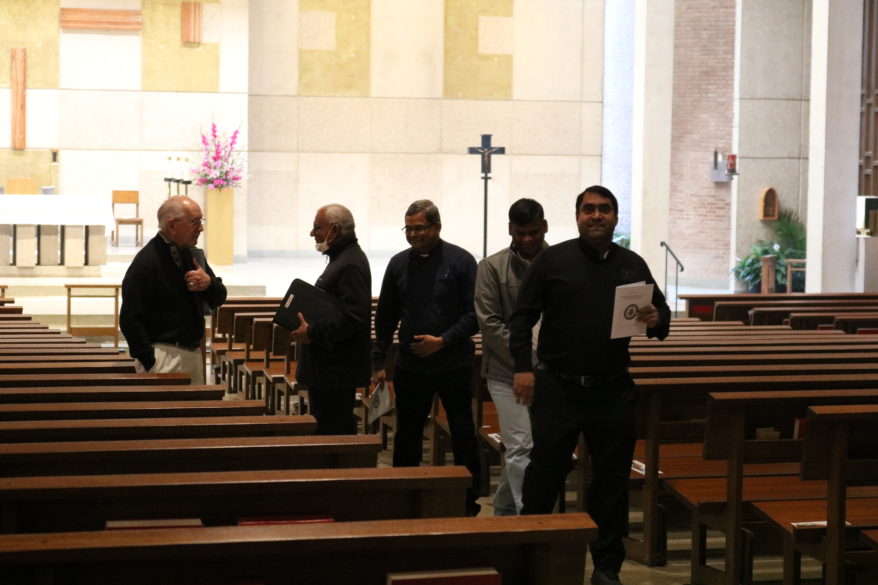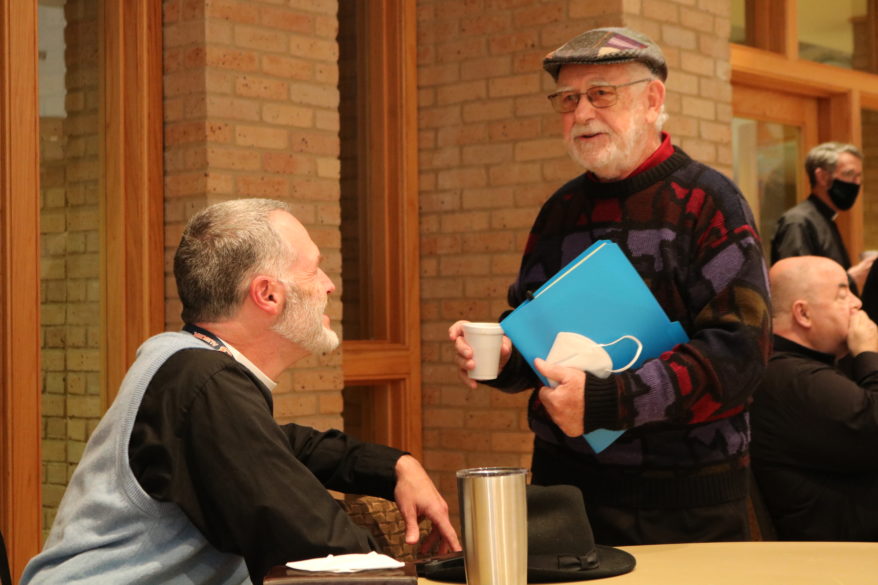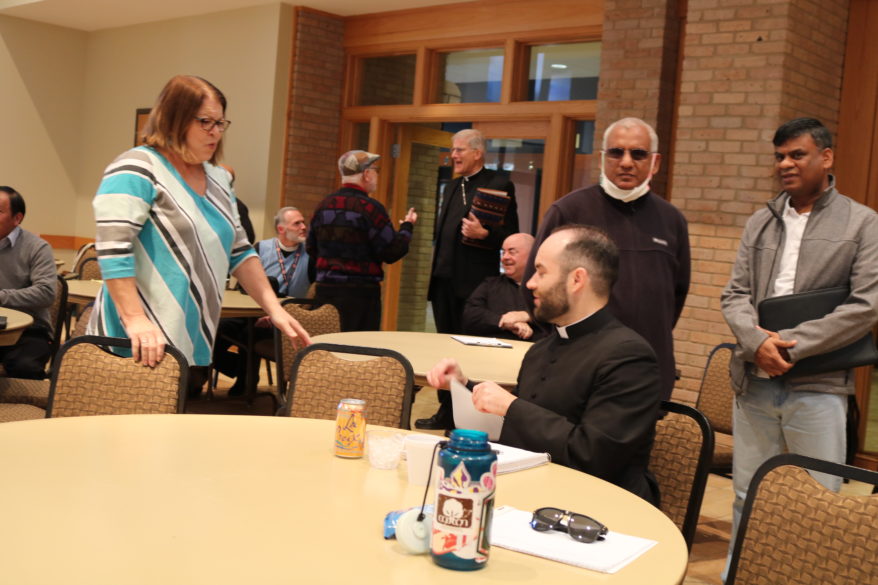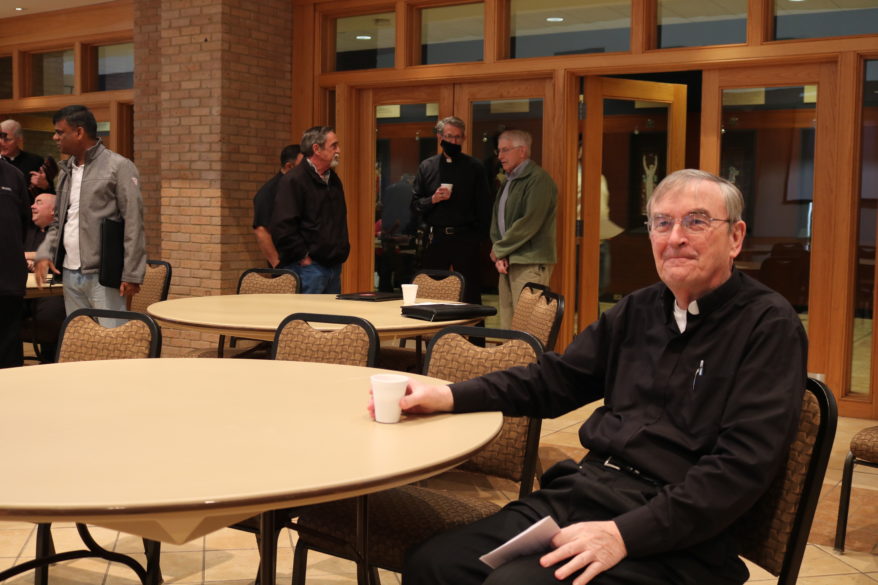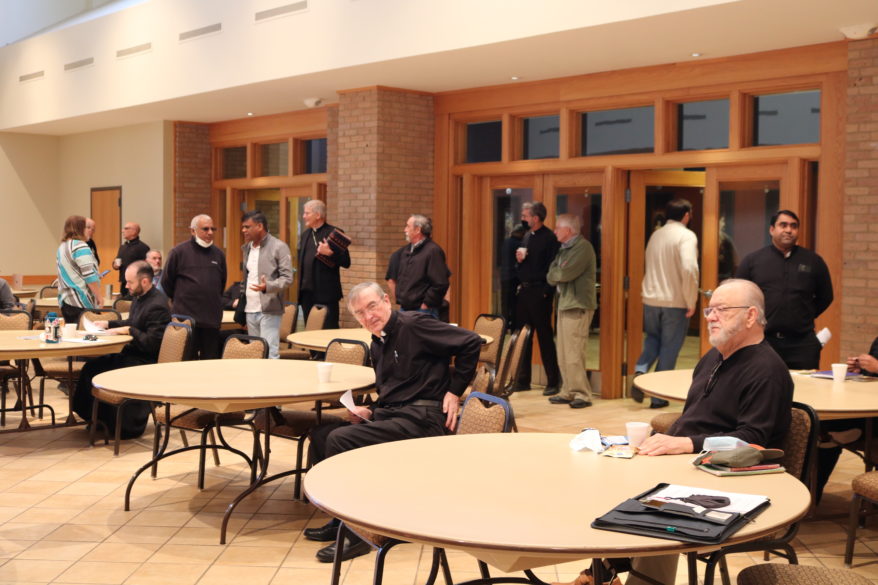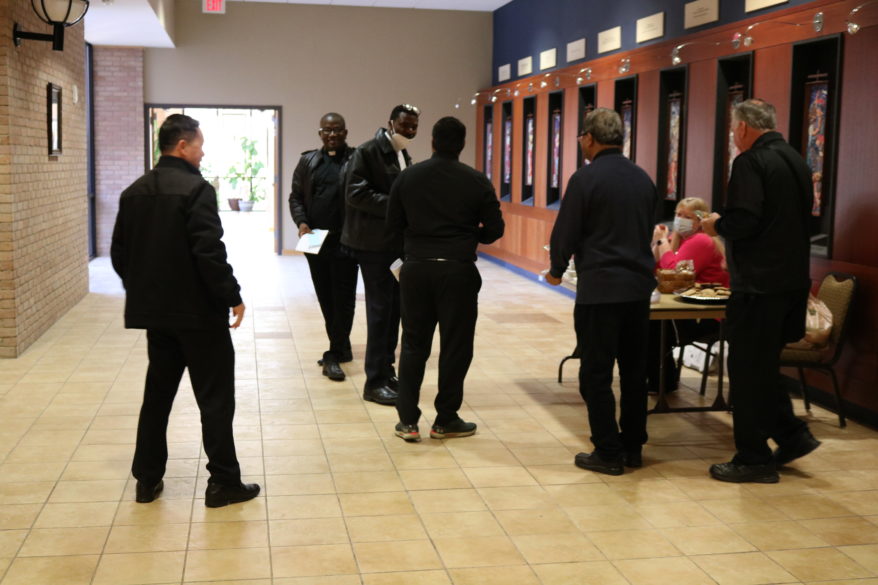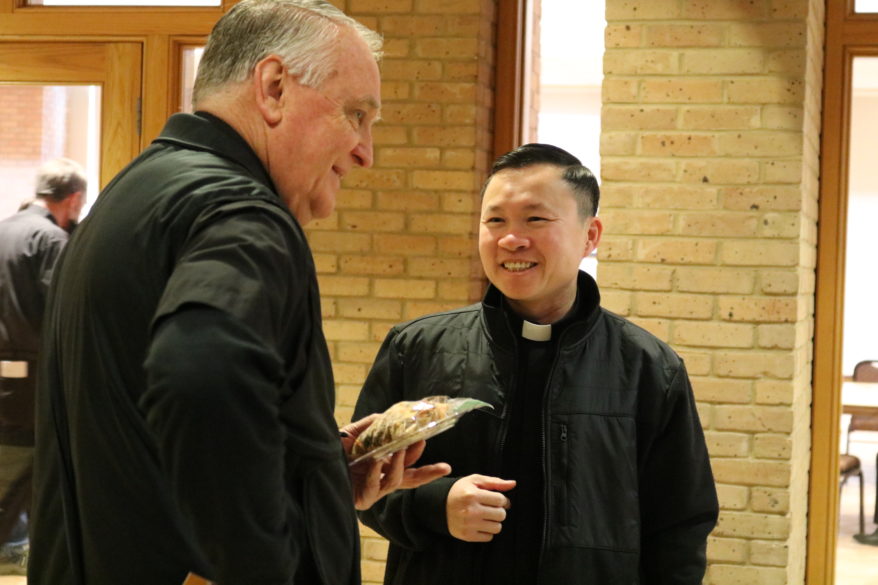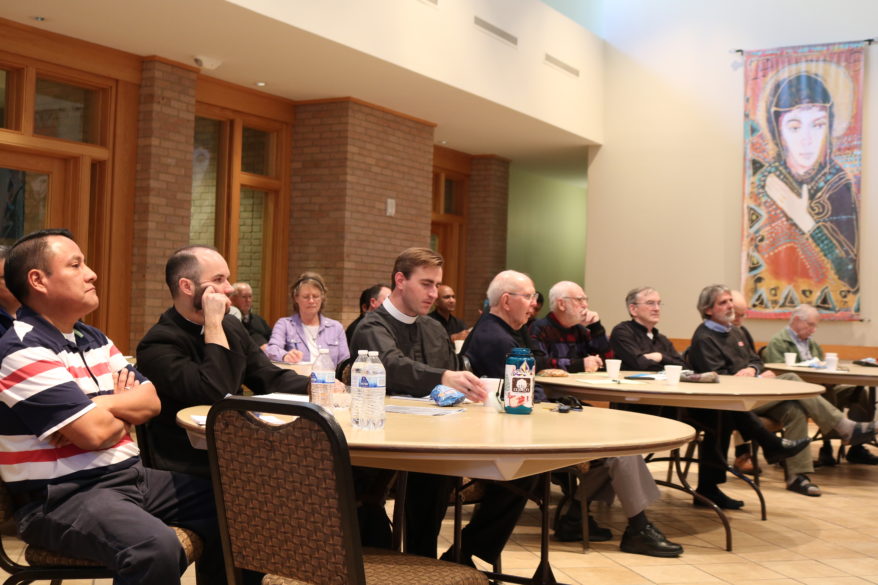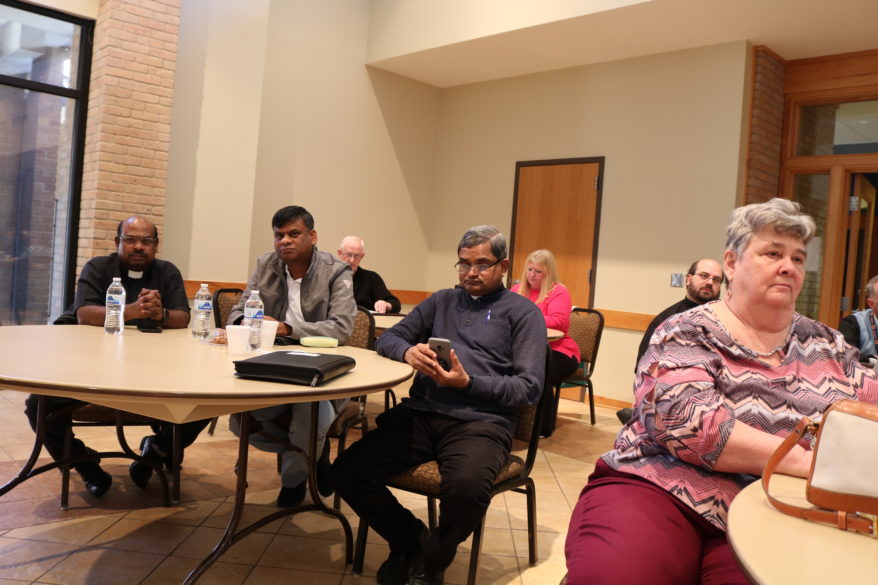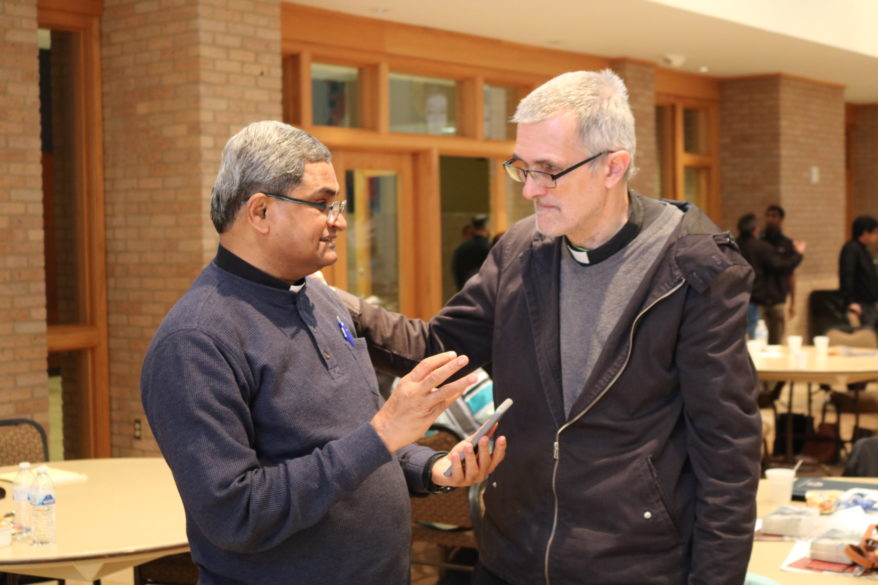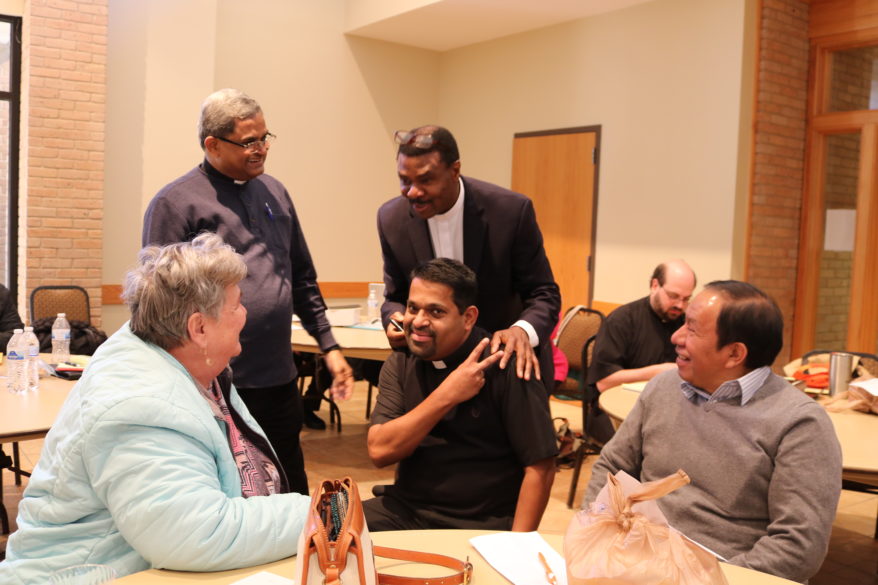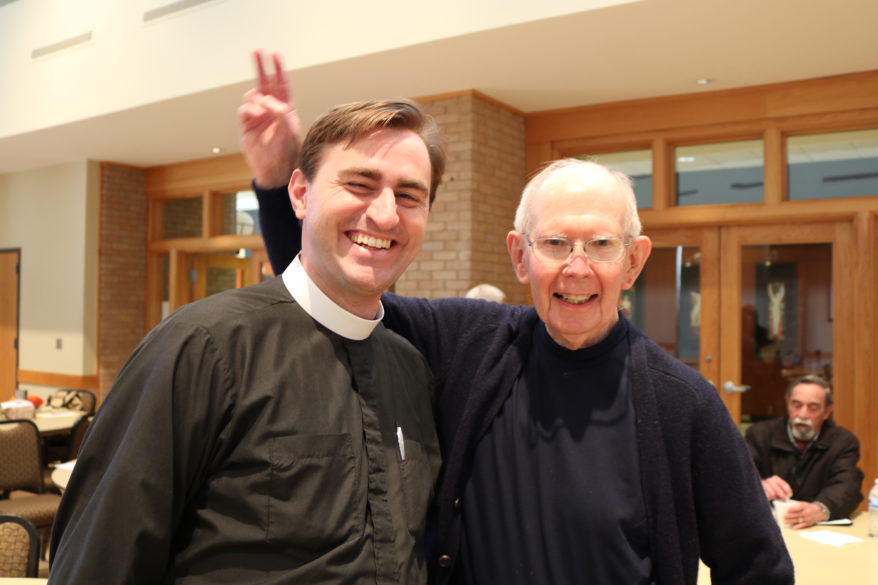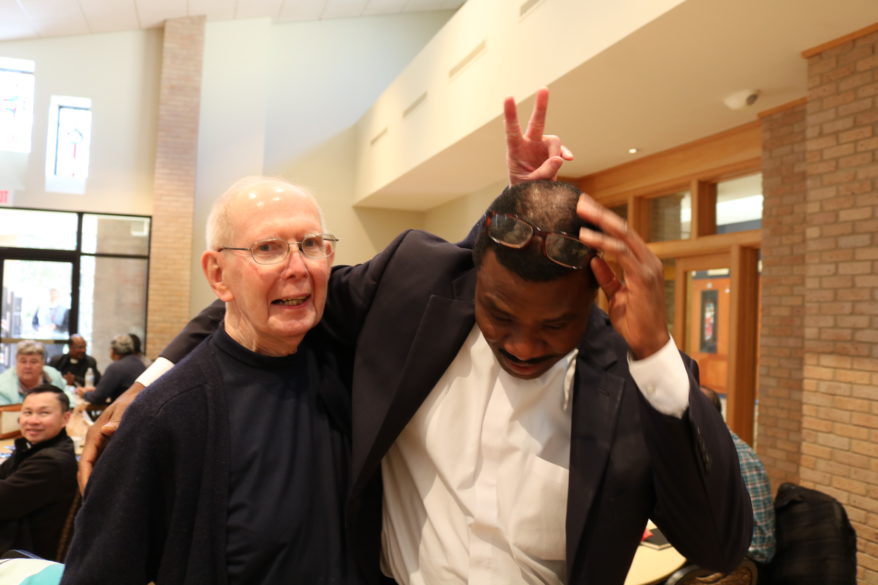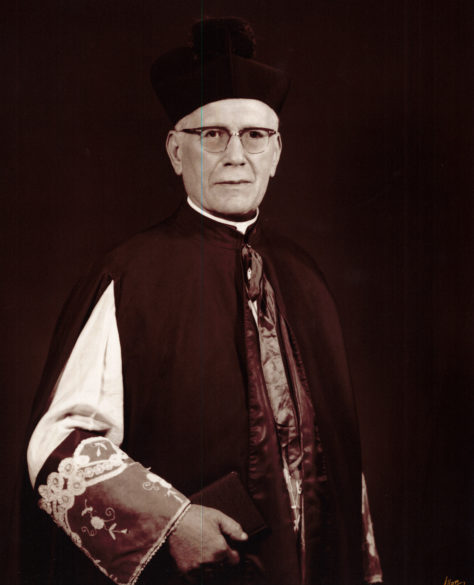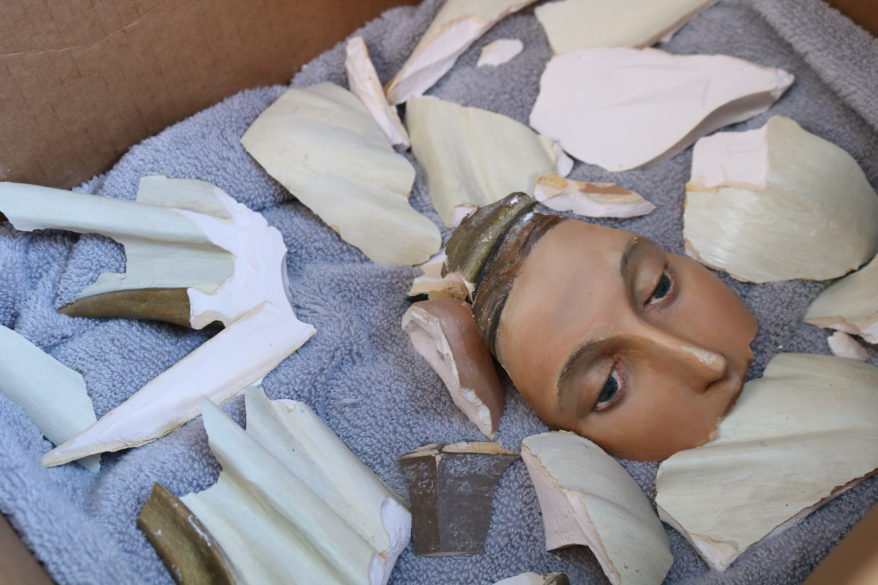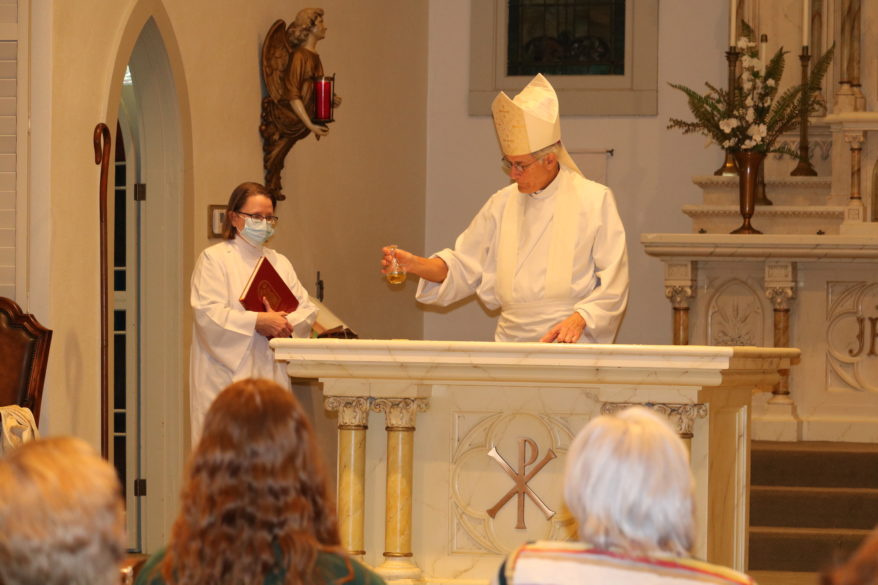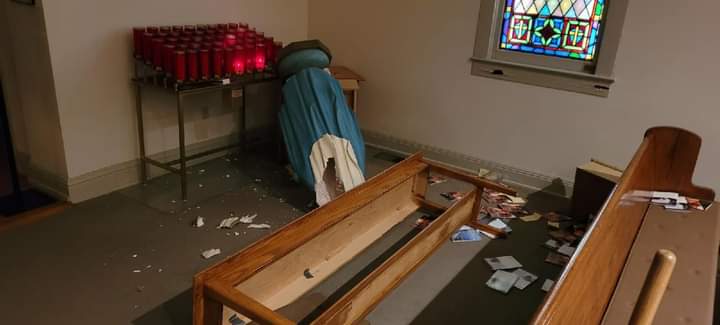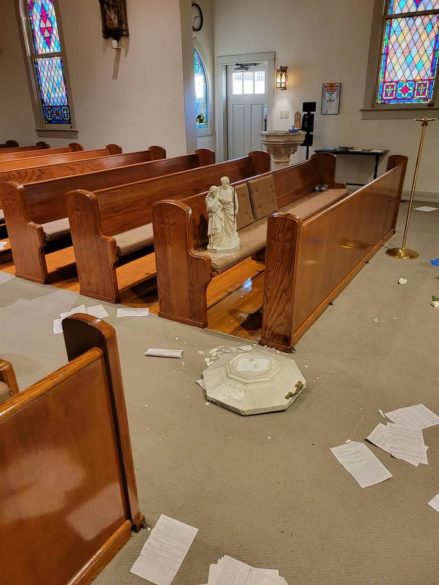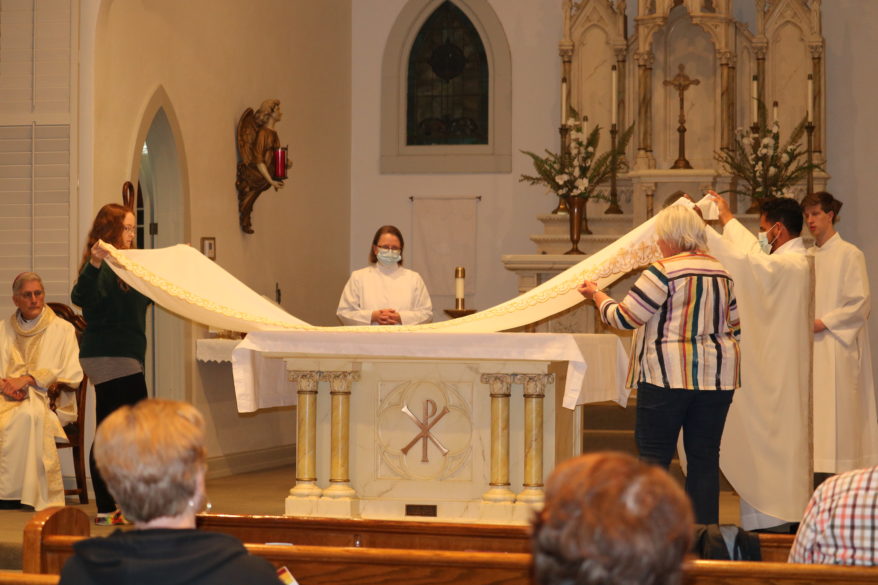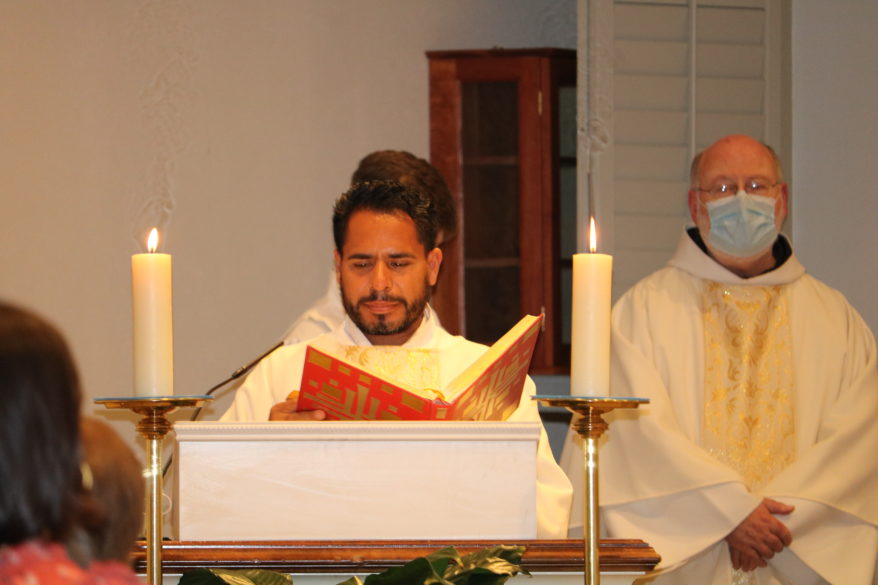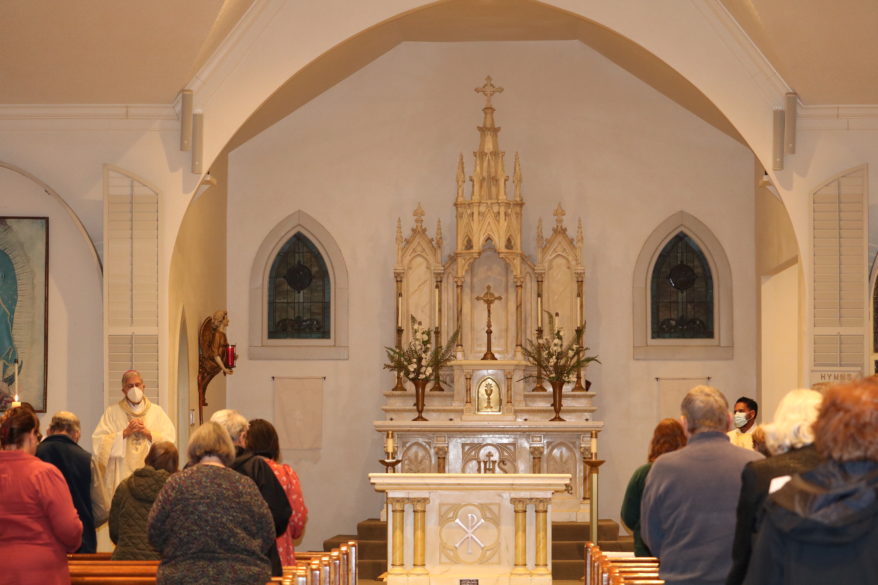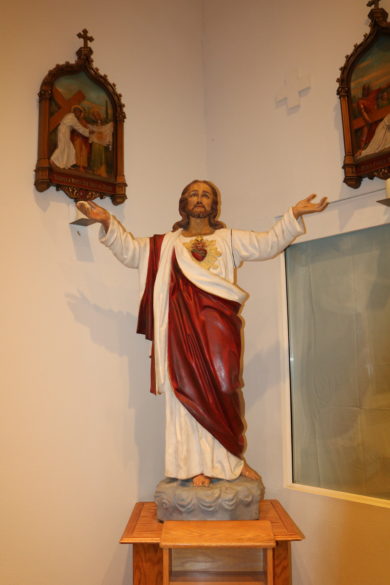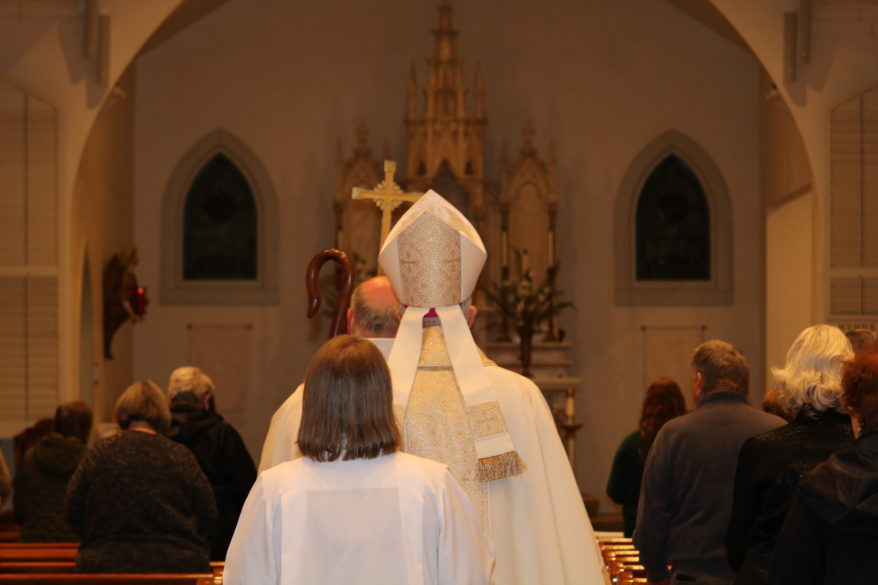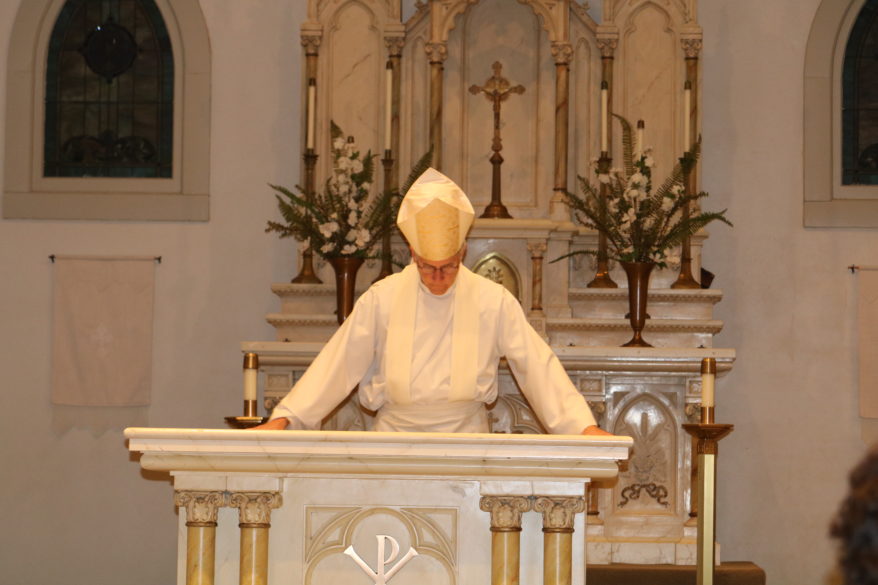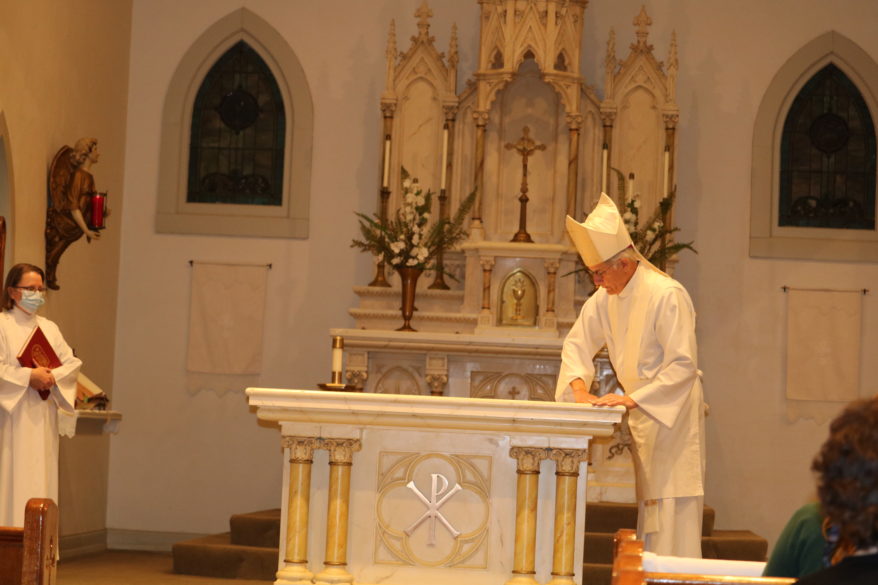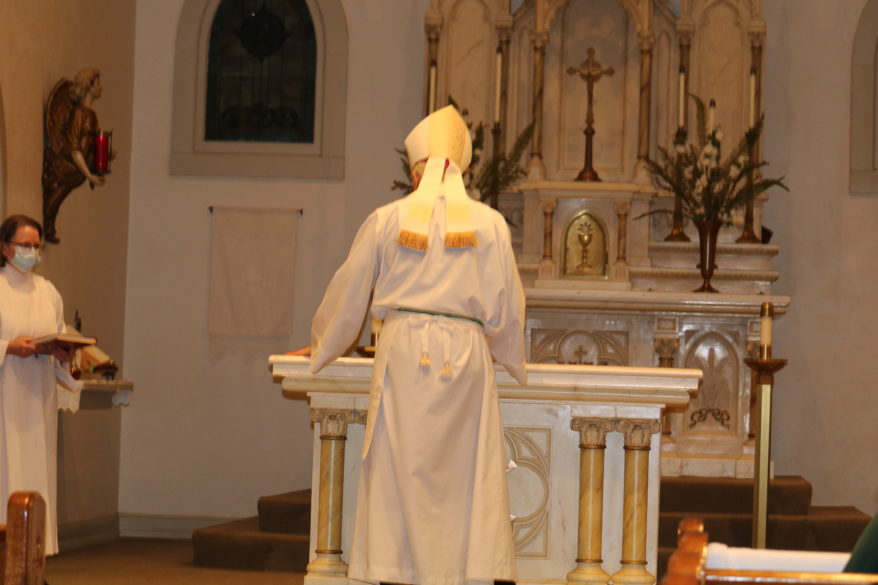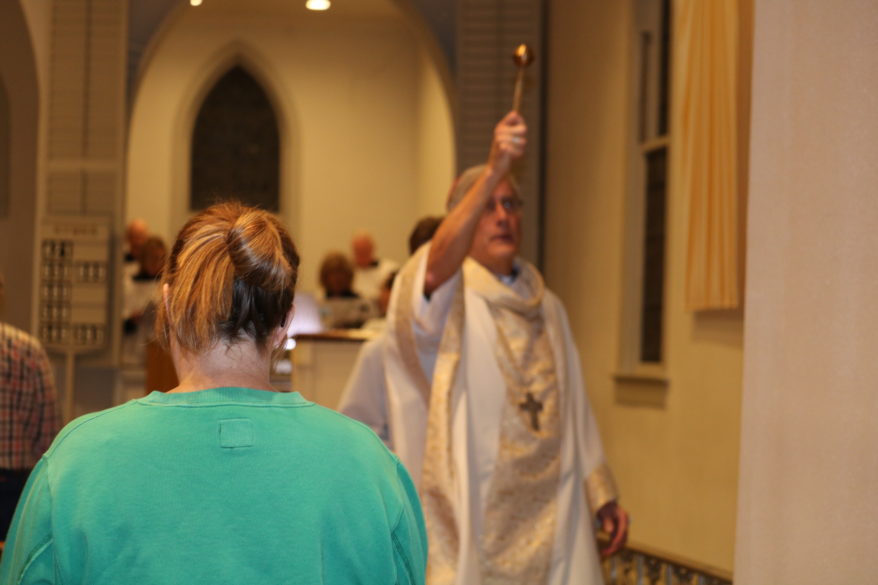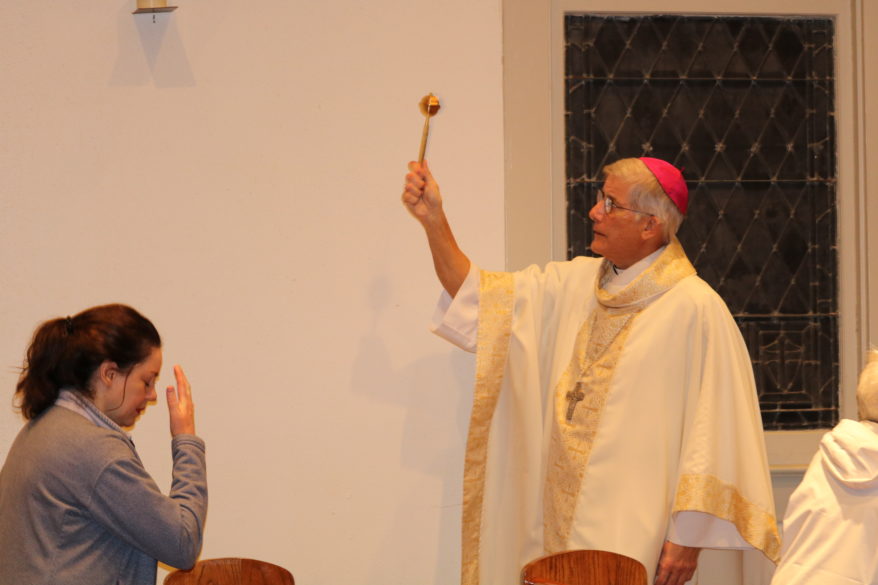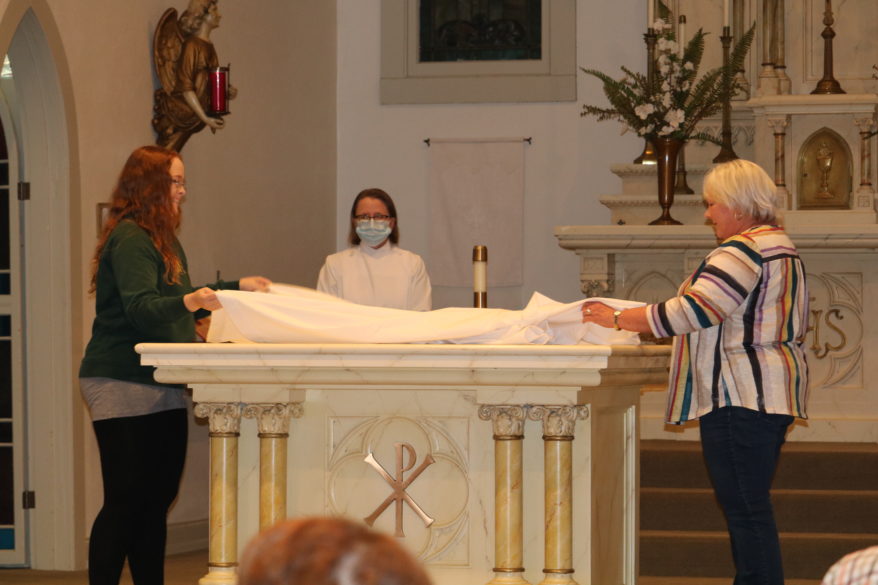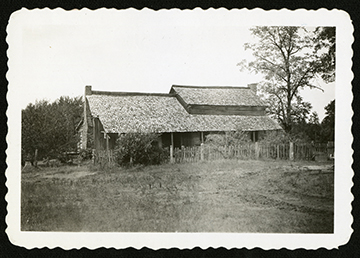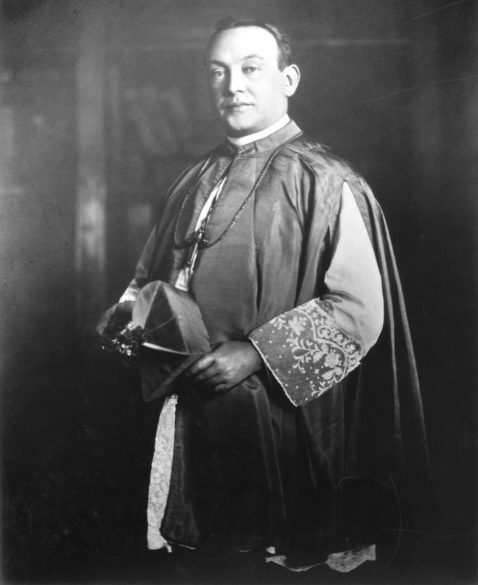From the Archives
By Mary Woodward
JACKSON – This week we are journeying back to Civil War times in analyzing the current situation in the world. In no way would I equate the motives of the Civil War to that of Putin’s invasion of Ukraine, but the siege tactics are classic military maneuvers that date back centuries.
In July 1863, the city of Vicksburg fell after a 47-day siege by General Ulysses S. Grant. Forty miles to the east, General William Sherman arrived at Jackson to implement a similar siege strategy.
My knowledge of Civil War tactics may not be precisely accurate, but we read in Bishop William Henry Elder’s diary about the Civil War’s destruction to Jackson and its only Catholic church – St. Peter. Bishop Elder’s writing style is more phrase-based than in complete sentences, but it is easily followed.
The original St. Peter Church was located about five blocks south and east from its current location on the corner of West and Amite Streets in the center of the capitol city. In May 1863, it along with the school and rectory was burned to the ground by Federal troops exiting Jackson. The troops were ordered to burn tar in a storage shed adjacent to the church according to the diary and despite the pleas of Father Orlandi, the pastor, to move the tar into the street away from the church, the shed was set ablaze and with it all the parish buildings.

We read in the diary marked May 21: “Father Orlandi begged for fifteen minutes to roll the barrels into the street where they would burn with less danger to the church, but the officer would allow of no delay and the shed was so close that there was no possibility of saving the church, etc. – All the ornaments and furniture were removed to safety. Dr. Hewet, surgeon in the Federal Army, brother to Rev. Dr. Hewet of the Paulists, himself a convert, endeavored also to obtain the respite, and when he could not succeed, he helped to save the things.”
Two months later, on July 18-20, Bishop Elder is able finally to visit Jackson and this is what he reports: July 18: “General Crosby, Commanding the Rear Guard, first refused to let me go to Jackson. When I explained that I wanted to see to the Sisters [of Mercy], he agreed to let me go.”
“Left Brandon at 4 p.m. for Jackson. Some cotton burned along the road and some burning [still]. Federal Pickets allowed me to go to the hospital – the field hospital of the Confederates during the siege of Jackson: attended still by Confederate Surgeons – although in the Federal Lines. Dr. Hinckley – son of Lawyer Hinckley of Baltimore has charge.”
July 19, Sunday – “No Mass. Spent the day visiting the hospital. The Federal Soldiers wounded here were moved – nearly all of them to town today.”
July 20 – “Continued in the hospitals till dinner time. The doctors here have been very polite to me.”
“After dinner drove into Jackson – trestle work burning – rails torn up – crossed river on the pontoon bridge of the Federals. In the warm ashes and ruins at every step. Melancholy desolation. Found Father Orlandi at Mrs. O’Connor’s house. Sad meeting.”
“The chapel he had fitted up with so much labor – in the Spengler’s Saloon – has been burned – the chalice and crucifix stolen – though recovered broken – bought by a Catholic Federal soldier and brought back to Father Orlandi. Father Orlandi’s house was robbed of all his clothes and the provisions he had laid up.
“He is now living on Army rations – he has no place to cook them. Today he has eaten only some crackers.”
“We went to General Ewing’s quarters to find a safe place for my horse and buggy. General Ewing is a Catholic from Ohio. He promised to see that the Sisters’ Convent in Vicksburg would be preserved unhurt for them. I could not talk much, I felt myself choaked with sadness.”
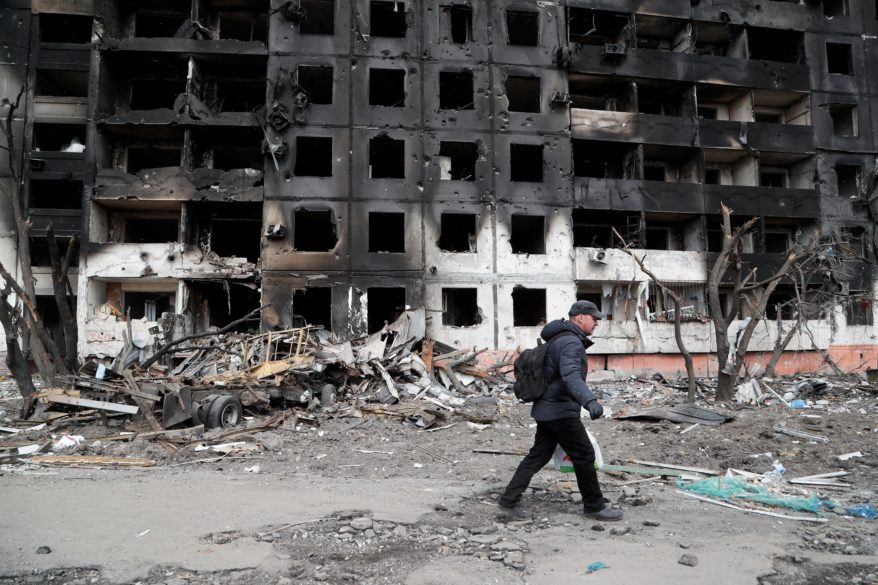
I share these moments to bring us back to the notion that no matter the era, the destruction of war only hurts those caught in the middle. The human toll – both physical and spiritual – is immeasurable.
Those trying to bring aid and relief to the people of Ukraine in the midst of the chaos and savage violence are much like the wandering Bishop Elder trying to minister to those he encountered in field hospitals and burned-out towns.
Now as we are spectators to a war unfolding before us, let us pray for peace and hope for a miracle.
Pope Francis is consecrating Ukraine and Russia to the Immaculate Heart of Mary on March 25, the Feast of the Annunciation of Our Lord. Here is a snippet of the prayer he is using:
Therefore, O Mother, hear our prayer.
Star of the Sea, do not let us be shipwrecked in the tempest of war.
Ark of the New Covenant, inspire projects and paths of reconciliation.
Queen of Heaven, restore God’s peace to the world.
Eliminate hatred and the thirst for revenge, and teach us forgiveness.
Free us from war, protect our world from the menace of nuclear weapons.
Queen of the Rosary, make us realize our need to pray and to love.
Queen of the Human Family, show people the path of fraternity.
Queen of Peace, obtain peace for our world.
Amen.
(Mary Woodward is Chancellor and Archivist for the Diocese of Jackson.)

